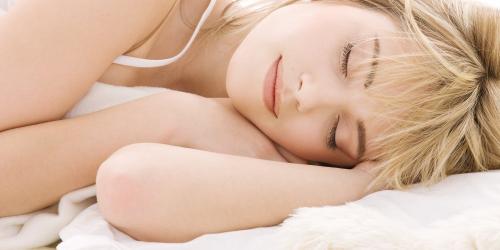The extraction process of essential oils
To make essential oils, we use the flowers, leaves, seeds or roots of plants. There are two manufacturing processes. The cold extraction makes it possible to extract the juice contained in the citrus peel, thanks to a pressure system.
Hot extraction involves heating the plants with steam. Aromatic molecules evaporate and are collected in a cylinder as water vapor, which is then cooled. The collected liquid must be heated again to separate the water (or hydrolate) from the essential oil.
Unlike the absolutes, the essential oil does not contain alcohol. A good quality essential oil must be pure, without additives, and composed of 100% secretions of a single plant.
The use of essential oils
Essential oils allow amateurs to make their own perfume: just mix about 1 / 5th of essential oil to 4 / 5th alcohol 70 °. After sitting for two weeks, the product should be stored cool and in a tinted bottle.
The essential oil also enters into the composition of some cosmetics or care. It is finally used by the great perfumers, most often in top note. It enters in small quantities in the chords, because its aromas are powerful, and it is more expensive than the molecules of synthesis.
Essential oils in perfumery
Jean-Paul Guerlain often uses vetiver essential oil in his compositions. One of his first fragrances, released in 1959 and simply named "Vetiver", has become a classic masculine fragrance. The essential oil blends with citrus notes and a sandalwood, civet and oak background. Another unavoidable of masculine fragrances, lavender oil often comes in top note. In "Jicky" by Guerlain, she brings a fresh and clear touch.


